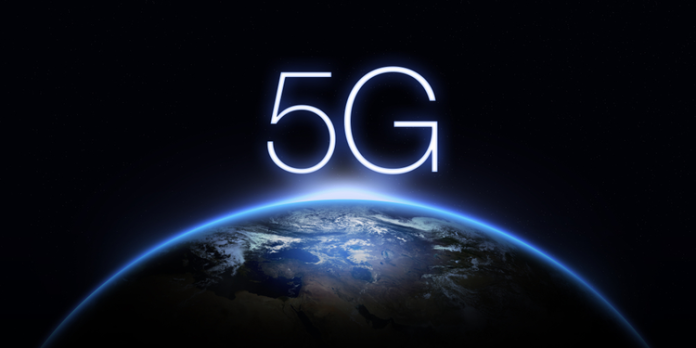2022 will be a liminal year for the use of 5G, the next generation of mobile connectivity.
This year the number of global connections will cross one billion, sneaking over the landmark barrier during the next 12 months. From there, the use of 5G will skyrocket beyond two billion in 2024 and three billion in 2026. It’s all a way that the world is starting to connect with each other, using 5G connections that are speedier than the current generation of mobile connections.
By 2025, more than one in five mobile connections worldwide will be 5G enabled, according to the GSMA, an industry body. It’s a paradigm shift for the world, and a new way of connecting that will help people transact business better as well as keep in touch with more multimedia-rich methods than currently exist.
5G has a huge potential impact on the world, according to the GSMA. It will contribute an additional $700bn in value to the global economy by 2030 – driven mainly by its use in the services sector, including healthcare, education, and manufacturing. Businesses are waking up to the popularity and potential of 5G, with a survey by consultants EY showing three in four companies expect to incorporate 5G within their business by 2025.
The scale of the market
An estimated 725 million smartphones will ship this year with 5G connections baked in, according to JP Morgan. “We expect a more pronounced 5G cycle with peak smartphone growth,” says Samik Chatterjee, Telecom & Network Equipment/IT Hardware Senior Analyst at JP Morgan. Growth will initially be focused on more economically developed countries but will expand to the rest of the world in the coming years.
This holds huge potential promise for the world – but it’s worth considering that everything like that comes with a risk too. 5G technology is hugely important, and who controls the infrastructure that operates 5G networks has already tortured governments worldwide.
The UK government announced in 2020 that it would be stripping Huawei of the opportunity to develop 5G infrastructure over safety risks that the Chinese company denies. The UK government worried that Huawei would be shipping data that would be carried over the 5G network, from emergency services data to business-critical information about future growth, to the Chinese government. “5G will be transformative for our country, but only if we have confidence in the security and resilience of the infrastructure it is built upon,” then UK digital secretary Oliver Dowden said at the time.
5G’s risks
“Implementing 5G network security requires a risk management framework that adapts to the flexibility and programmability of network services and traffic flows in software-defined networks,” warns Anil Ramcharan, a leader from the Cyber & Strategic Risk practice of Deloitte Risk & Financial Advisory. That risk management is much more important because of the way that 5G relies on this kind of infrastructure. “5G networks are built with hardware and software and use the cloud, so it has a much larger attack surface,” says Wendy Frank, Ramcharan’s colleague. “An important part of our discussions with customers is how to design and build in 5G security from the start.”
“The amount of third-party hardware and software it takes to build and run a private 5G network is substantial; the addition of every device and application increases the possibility of a security breach that may spread across the network,” says Frank.
In order to mitigate against the cybersecurity risks inherent with 5G connections, organizations need to continuously monitor and manage all connected devices, keep device software up to date, and regularly examine individual interfaces to confirm they are secure. Not doing so has its own risks – with theoretically endless bad consequences for organizations that decide it’s not worth doing so.











